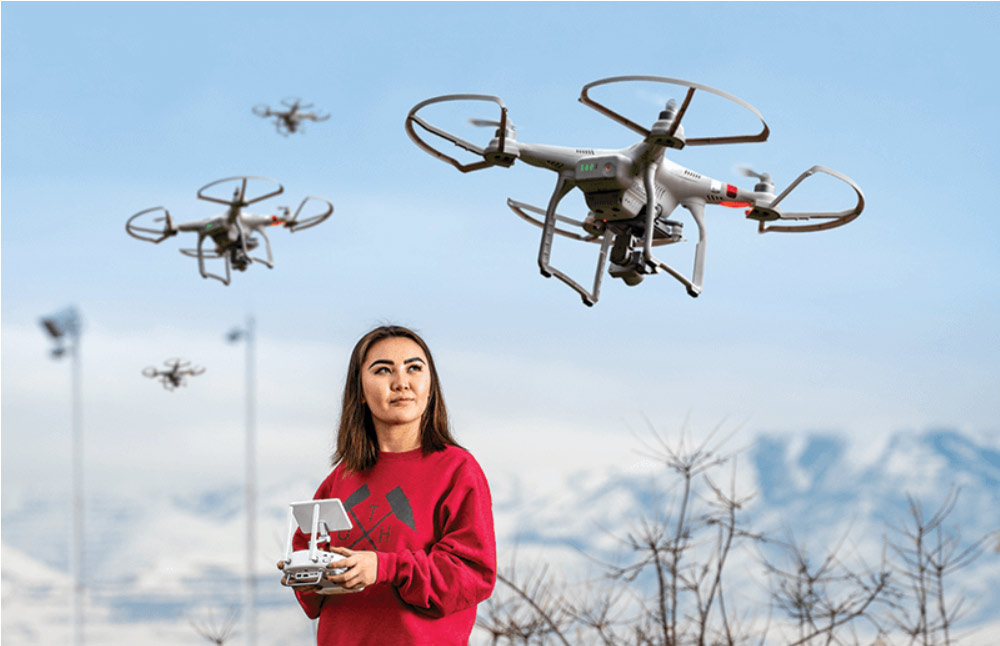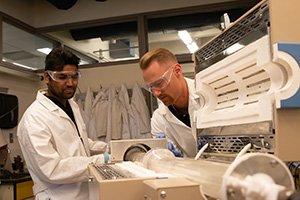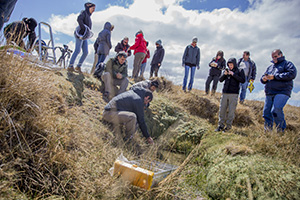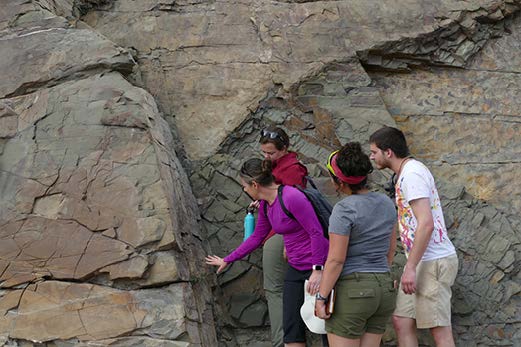
Departments
Discover Atmospheric Sciences, Geology & Geophysics, Materials Science & Engineering, and Mining Engineering.
Want to tour the College of Science
or College of Mines and Earth Sciences buildings?
Take a virtual tour of CMES
Sign up for an in-person tour
COLLEGE NEWS
-
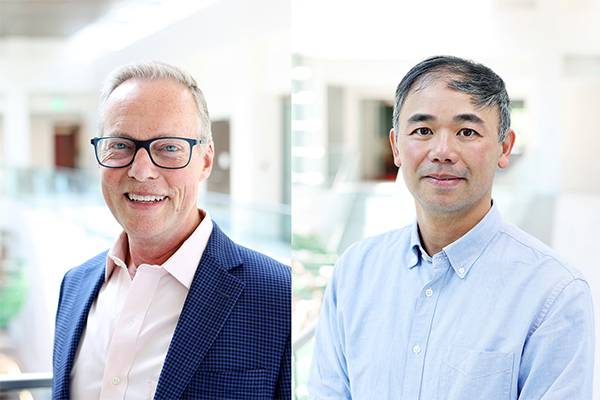
Wilkes Center names leadership team for expanded climate mission
The Wilkes Center for Climate Science & Policy at the University of Utah has selected Fielding Norton as its new managing director and John Lin as scientific director to lead the center’s increasing focus on translating climate research into real-world solutions. Norton, a climate scientist and startup investor and advisor, will head the center's overall strategy and operations, while Lin, a U atmospheric sciences professor, will oversee its research initiatives and academic programs.
-
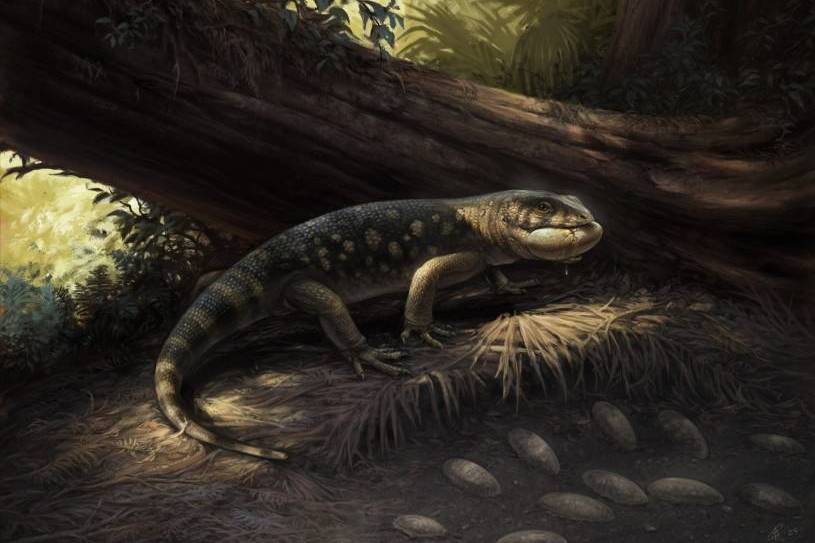
New monstersaur species a ‘goblin prince’ among dinosaurs
A newly discovered, raccoon-sized armored monstersaurian from the Grand Staircase-Escalante National Monument in Southern Utah, United States, reveals a surprising diversity of large lizards at the pinnacle of the age of dinosaurs. Named for the goblin prince from J.R.R. Tolkien’s “The Hobbit,” the new species Bolg amondol also illuminates the sometimes-murky path that life traveled between ancient continents.
-

Thriving in the Cadences of College
Jacob 'Jake' White, who just completed his first year in the mining engineering program at the University of Utah, began his path in the field early. In his hometown of Syracuse, Utah he enrolled in the High School University Program (HSUP) that the U offers, allowing students to take classes at the U.

INVEST IN THE FUTURE
Please help our students follow your path to success by making a gift to the College of Mines and Earth Sciences. Thank you for your support!
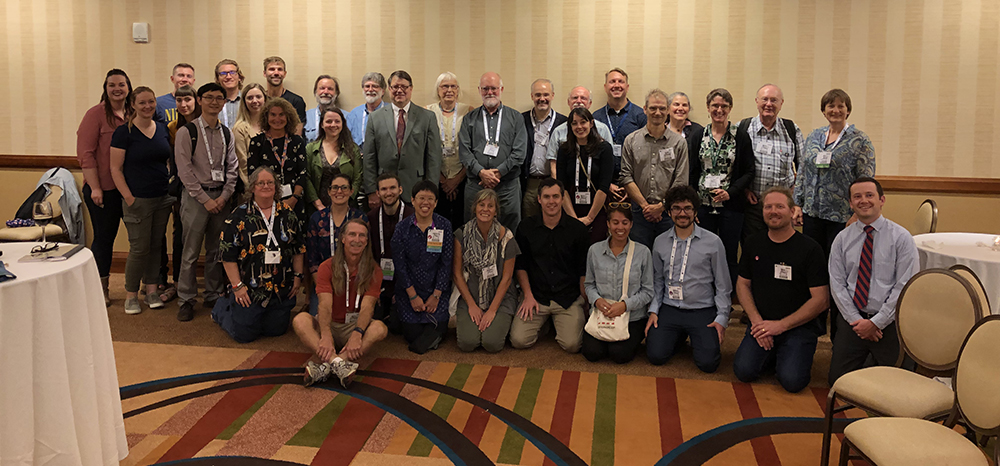
ALUMNI & FRIENDS
We are proud of our alumni and friends and grateful for the many ways they support our students. We invite you to get involved in the way that best meets your interest and circumstances. Some options include, student mentoring, providing an alumni spotlight, hiring students, giving financially, speaking in a class, and attending digital or in person events.
You Belong Here!
We are a community of explorers, innovators and leaders dedicated to improving the world every day.
The University of Utah has both historical and contemporary relationships with Indigenous peoples. Given that the Salt Lake Valley has always been a gathering place for Indigenous peoples, we acknowledge that this land, which is named for the Ute Tribe, is the traditional and ancestral homelands of the Shoshone, Paiute, Goshute, and Ute Tribes and is a crossroad for Indigenous peoples. The University of Utah recognizes the enduring relationships between many Indigenous peoples and their traditional homelands. We are grateful for the territory upon which we gather today; we respect Utah’s Indigenous peoples, the original stewards of this land; and we value the sovereign relationships that exist between tribal governments, state governments, and the federal government. Today, approximately 60,000 American Indian and Alaska Native peoples live in Utah. As a state institution, the University of Utah is committed to serving Native communities throughout Utah in partnership with Native Nations and our Urban Indian communities through research, education, and community outreach activities.
Let's make a difference—together!
2023 APPLICATION DEADLINES
SPRING SEMESTER 2024
Nov 1, 2023
SUMMER SEMESTER 2024
Mar 1, 2024
FALL SEMESTER 2024
Apr 1, 2024

